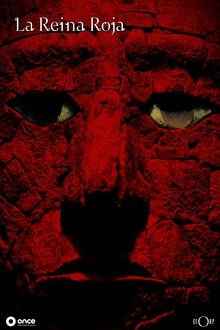Filmed in the quaint prairie town of Herbert, Saskatchewan, Heaven or Not by filmmakers Zuzana Hudackova and Danijel Margetic is an intimate portrayal of one man's tireless journey to give his life greater meaning. John Gerbrandt, a WWII veteran, has been singlehandedly building a 7,000-square-foot house over the past three decades with nothing more than his pension and salvaged materials. With no formal training, he is fuelled by a powerful determination to prove his worth to his God, his family, and his community. John's story transcends day-to-day life in a small town and reaches the realm of deep spirituality marked by an unwavering commitment. Now at the age of 84, suffering from health problems and the financial burden of property taxes, John might not be able to finish his lifelong endeavor.
Related Movies
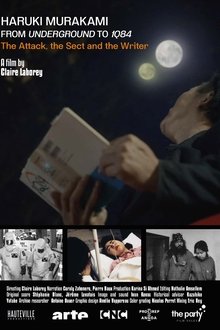
Haruki Murakami: From Underground to 1Q84 (2025)
Revealing the flaws of Japanese society, the 1995 sarin gas attack in the Tokyo subway prompted Murakami to return to his homeland, whose conformism he rejected, to examine it closely. This led to the creation of two works: Underground and 1Q84.
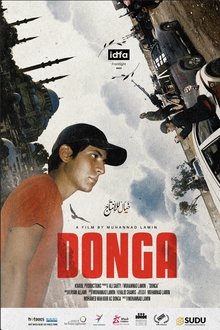
Donga (2023)
“There was excitement in the air,” says Donga, now in his late twenties, describing his feelings when the uprising against Muammar Gaddafi’s rule broke out in 2011. He was 19, living in Misrata, and boldly went to film the fighting with a friend. A decade later, in a hotel in Istanbul, where he has been living since he was wounded in battle, he looks back on the past ten years through excerpts from his videos. And he reflects on how that period has affected him.
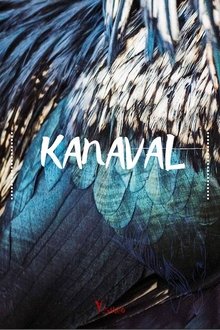
Kanaval: A People's History of Haiti in Six Chapters (2022)
Haitian history is presented through an explosion of colour, dance and music, as the country prepares for its legendary carnival.

The grave under the plum tree (2021)
He is Khagani Aliyev, a resident of Saricali village of Aghdam. On July 23, 1993, Khagani Aliyev, who heard about another Armenian attack on Aghdam, went home to take his parents who had not left the village to a temporary safe area...
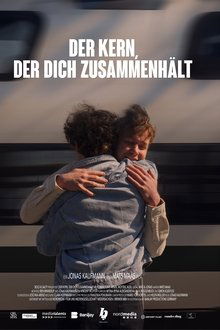
Der Kern, der dich zusammenhält (2023)
Driven by a personal interest in finding out how people deal with the sudden loss of their familiar structures and surroundings, director Jonas Kaufmann embarks on an emotional journey on behalf of Generation Z. A journey with the aim of finding the one inviolable point of human existence that gives us support when everything is lost. In our documentary, protagonist Roman Sachuk and Jonas Kaufmann take on the challenge of providing partial answers to the central questions of a generation in crisis.
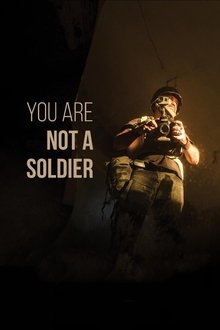
You are Not a Soldier (2021)
As filmmaker Maria Carolina Telles comes to terms with the death of her father, a man who regretted never making it to the frontlines of World War II, she focuses her lens on the life of another man who had his own unique experience as a civilian in the midst of combat: award-winning war photographer André Liohn.
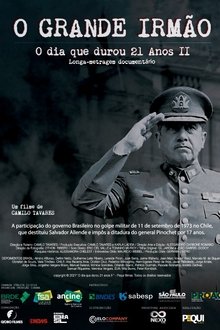
O Grande Irmão: O Dia que Durou 21 Anos 2 (2022)
With confidential and unpublished documentation, the film shows the background and behind-the-scenes of the coup in Chile that took place on September 11, 1973 - and General Pinochet's dictatorship, which lasted 17 years.
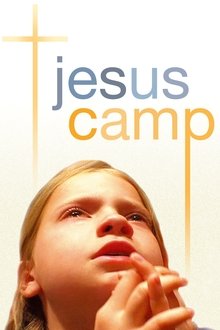
Jesus Camp (2006)
Jesus Camp is a Christian summer camp where children hone their "prophetic gifts" and are schooled in how to "take back America for Christ". The film is a first-ever look into an intense training ground that recruits born-again Christian children to become an active part of America's political future.

Echoes from the Bowl (2012)
The Doors' legendary performance at the Hollywood Bowl remains a part of Rock and Roll history to this day. But the Bowl wasn't always so welcoming of rock music. Explore the history of the iconic venue and the artists who paved the way for The Doors to perform there.

Reworking The Doors (2012)
We went back into The Doors' footage vault and restored the original concert film of their legendary Hollywood Bowl performance to high-definition video with a 5.1 stereo surround mix! Get a glimpse into the process of restoring the picture and sound.

You Had to Be There (2012)
A collection of memorable stories from The Doors as well as friends who were present the night of their legendary 1968 appearance at the Hollywood Bowl - from long-held rumors to behind-the-scenes anecdotes.
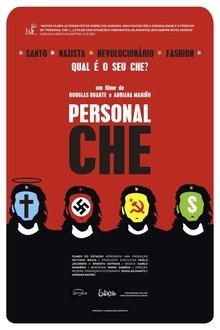
Personal Che (2007)
A documentary that explores the myth behind the truth. Different people around the globe reinterpret the legend of Che Guevara at will: from the rebel living in Hong Kong fighting Chinese domination, to the German neonazi preaching revolution and the Castro-hating Cuban. Their testimonies prove that the Argentinian revolutionary's historical impact reverberates still. But like with all legends, each sees what he will, in often contradictory perspectives.

¿Qué pasó con Yugoslavia?. El engaño de nuestra vida (2023)
After forty years of fighting Moscow, Washington won the Cold War, and NATO found a way to expand eastward; however, there was one loose end to the problem: Yugoslavia was not a satellite of the USSR…
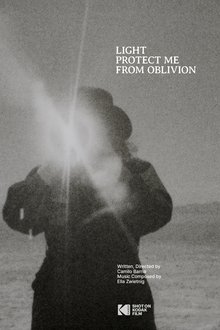
Light Protect Me From Oblivion (2024)
A portal, a sorceress, a fictional device to portray existence as a moment encapsulated inside an instantaneous photograph to present fragmented biographical elements —family disintegration, rootlessness, scars, two loyal companions, the promises of a new land—subverting the notion of a home-movie and transform it into a pilgrimage tool of self-discovery, mirroring the fragile nature of memories.

Aquí y allí: journal d'une exilée (2020)
While cleaning the apartment of Lucía, her deceased grandmother, Anna finds a notebook where she discovers the story of a secretly kept love, lived during the turbulent years of the Second Republic and the Spanish Civil War.
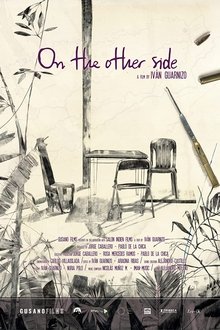
On the Other Side (2021)
When director Iván Guarnizo's mother passes during the first days of peace talks with FARC-EP in Colombia, a door opens to explore a dark and painful past and, perhaps, find forgiveness. Iván's mother had been kidnapped by FARC-EP forces and held in captivity for 603 days. As they marched her through the jungles and mountains of the Colombian countryside, she was able to keep a diary that in great detail documented the places she was taken, her experiences and the names and descriptions of her captors.

